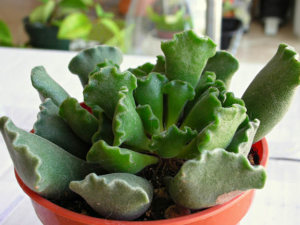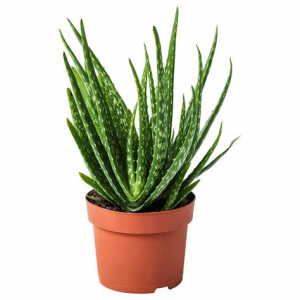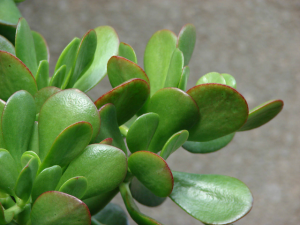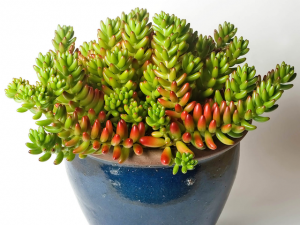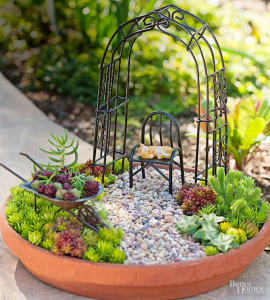Gardening is a great hobby to introduce to your children. Before you break out the orchids though, let’s start with something a little more practical. Succulents make an excellent starting point for children. They come in various shapes and sizes and don’t require a lot of space or maintenance.
What is a Succulent
For most of us, when we think of succulents we think of cacti. But technically a succulent is any plant that has fleshy leaves and is capable of storing water. So, a cactus definitely meets these criteria but so are aloe plants and snake plants. Succulents are also not limited to arid climates; there are varieties that thrive in mountain and tropical climates as well.
Let’s Get Started
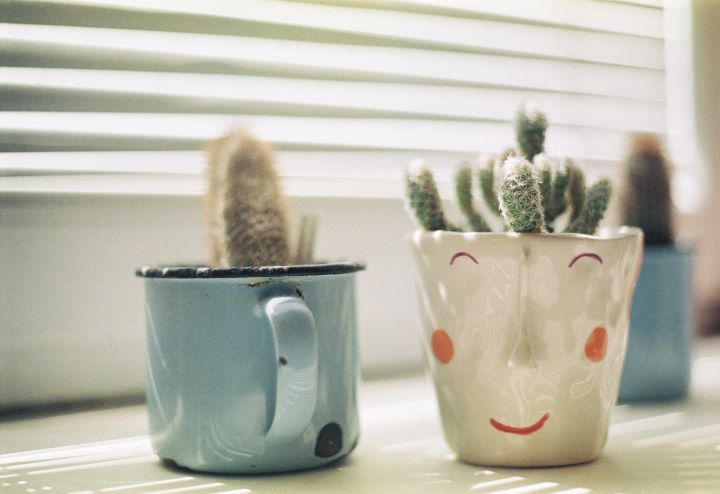
Fernando Lavin on Unsplash
Choose a container
Another reason succulents are a great option for kids is that you can grow them in just about any container. No drab terra cotta pots for your children. Let their imaginations go wild with teacups, toy trucks or even an old boot. Of course, if you do use that boot you’ll need to add in some drainage holes. Why limit yourself to just one container though? Let your child select several small containers and create a succulent menagerie.
Select Your Plant
Your first inclination will be to run out and buy a tray full of barrel cacti but spines should probably wait until they’re a little more experienced. Here are some great options for your beginning gardeners.
Key Lime Pie
The scientific name is Adromischus cristatus but Key Lime Pie is much easier to pronounce. It hails from South Africa and has the fattest little green leaves that are scalloped on the ends just like a pie crust. The leaves extend out from the center to form a rosette shape.
Aloe Vera
Now, I know I was just discouraging you from a spiny cactus and we all know that Aloe has those little spikes on its edges. But if your child is old enough, I think they would really enjoy growing an aloe plant. Knowing that they can break off a piece if they can get burned, would be exciting for them.
Jade Tree
This is a common choice for succulents because it is just so darn easy to care for. There is a reason why this plant is so popular across North America and Europe. Crassula ovata flowers in the winter which your child can enjoy on those cold winter days.
Jelly Bean Plant
This is one of the more colorful options. Sedum rubrotinctum is commonly called the Jelly Bean plant because of its cute little plump leaves with red tips. A native of Mexico this plant is extremely hardy and does produce small yellow flowers during the winter months.
Soil
The requirements for succulents are minimal but the most important is around water retention. You need to have soil that drains well so that the plants won’t sit in water and get root rot. While you can make your own succulent soil, there are lots of pre-made options on the market. The only modification you may need to do is add some crushed pumice or something similar to ensure adequate drainage.
Sun
Outdoors, succulents do well with some sun, but not all day and not hot afternoon sun. Make sure that they get some shade during the day. You’ll also need to make sure that they are not exposed to extremely low temperatures at night as well.
Indoors, succulents need as much light as you can give them, but not direct sun through a window. If your plant looks like it’s stretching, give it more light.
Water and Fertilizer
As you know, the biggest risk for succulents is over-watering. During the growing season which is generally in the spring and summer months, most succulents will need weekly watering. In its resting state, those waterings can decrease to as infrequently as every other month. Your plants will benefit from periodic feedings so I recommend adding a 1/4 dilution of 10-10-10 fertilizer when you do your watering in the growing season.
And Now You’re Ready
Once you’ve got your container, plant, and soil ready to go, clear off space in your garage, counter or patio. You’ll need to grab your hand spade, gloves, and other tools. Don’t forget to put some newspaper down in advance to aid with cleanup. And remember, there’s no need to limit yourself to just one plant. Get a variety and see which ones become your family favorites.
One popular option you might consider is a fairy garden.
Your child can add in various decorations such as figurines, animals or houses. You can also find some decorative rocks and create a fairy path through your succulents.

